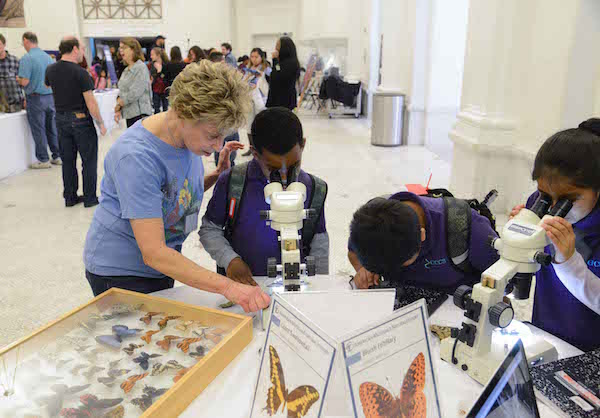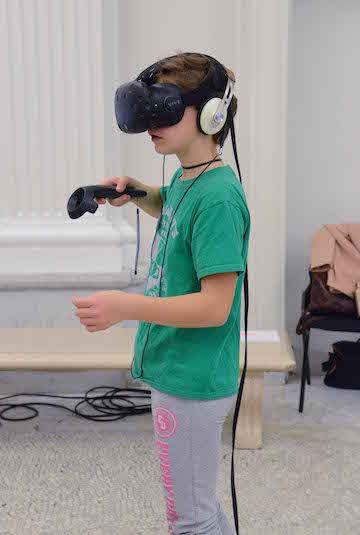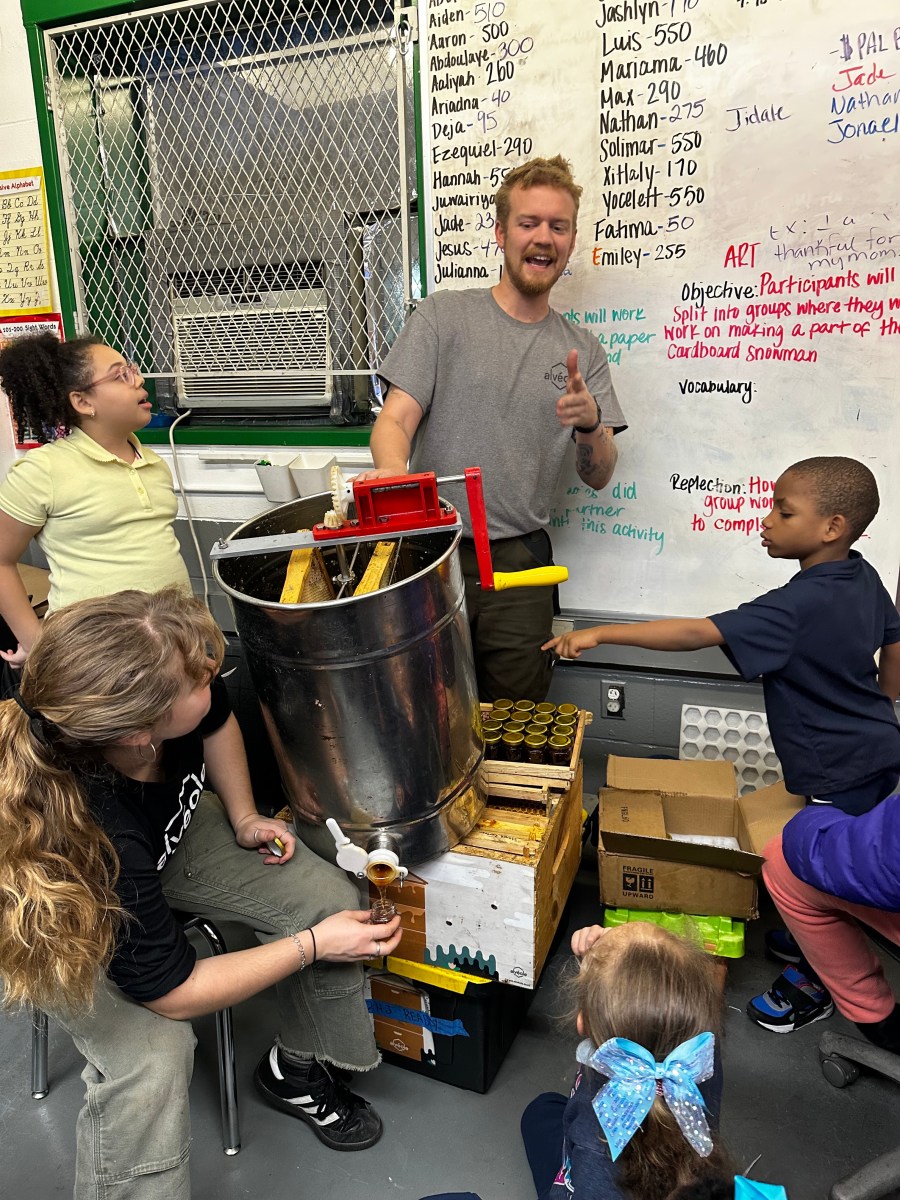
BY JACKSON CHEN | The American Museum of Natural History held an Insect Investigation Day on November 16 to solicit feedback and public interest about the insectarium planned as part of its Gilder Center expansion.
In conceptual designs presented to the community late last year, the museum teased what the interiors of the Richard Gilder Center for Science, Education, and Innovation could look like when completed, with elements including insect halls. Though brainstorming is not yet complete on the specific design of the new space — which still awaits full city approvals for construction to begin — the museum used the Insect Investigation Day to gauge what interests visitors might have by showcasing different activities in a series of table presentations.
“We wanted to get an early understanding of how people learn about, become engaged, be thrilled or delighted,” Ruth Cohen, the museum’s director of the Center for Lifelong Learning, said about the insects. “And yet we definitely wanted to explore the ick factor of some of the insects because we really want this new hall to be rich in experiences for visitors.”
Julia Zichello, AMNH’s senior manager for exhibition education, was alongside other museum staffers offering more than a dozen experiences that ranged from interacting with live insects to virtual reality headsets exploring the insides of weevils.

At Zichello’s table, people were playing with tobacco hornworms, which she described as a “big, fat, green, charismatic caterpillar,” as well as Madagascar hissing cockroaches, which are decidedly less charismatic.
“We’re trying to explore the idea of how willing people were to hold live insects,’ Zichello said. “They would get excited, scream, and say, ‘I don’t know if I can do it,’ but five minutes later they would then be holding the bug.”
There were definite hits with the crowd of roughly 1,200 that passed through in the three hours of live insects and virtual reality, with Cohen noting that visitors were particularly intrigued with one station that featured insects that employ biomimicry — an evolutionary response that affords them protections by borrowing attributes of other bugs — and another that explained bee colonization.
“We are striving for people to understand the diversity the insect world represents,” Cohen said, noting insects were the largest of the museum’s collections. “We want people to be awed by the beauty of some of nature’s most freakish designs.”


































